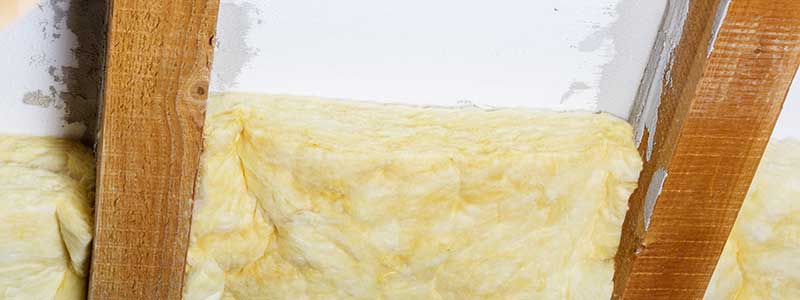Reducing Heat Loss While Ensuring Adequate Ventilation
 Before deciding to insulate a sloping roof it is very important to determine whether the roof is sound. You do not want to have any leaks in the roof, which would cause any subsequent insulation to become damp.
Before deciding to insulate a sloping roof it is very important to determine whether the roof is sound. You do not want to have any leaks in the roof, which would cause any subsequent insulation to become damp.
If you are satisfied that the roof is in good repair you can begin to start the job of insulating it. You can use one of or a combination of sheet insulation, insulated plasterboard or you could use a foiled quilt insulant. As a DIY project it is fairly easy to insulate a sloping roof and no advanced DIY knowledge is required.
To use a sheet insulation method you would need to cut your insulation material so that it fits securely between the rafters in the roof whilst ensuring that you allow a gap of 2 inches between the insulation material and the roof slates to permit adequate ventilation. The insulation material should then be wedged securely into the gap between the rafters and you should staple a polythene vapour barrier over the insulation and rafters.
In order to provide an even greater level of insulation you can also screw a type of thermal plasterboard over the top of the polythene vapour barrier to the rafters. Insulated plasterboards basically consist of a layer on one side of insulating polystyrene and often they can include a plastic sheet barrier, which would negate the need for you to add the polythene vapour barrier individually.
The alternative to fitting sheet insulation between the sloping roof rafters is to use foiled quilt insulation. This is typically used when roof rafters are too thin to get the sheet insulation fitted in between so a roll of foiled quilt insulation can be used to fit horizontally over the top of the rafters. The foiled quilt will usually come in a roll so you can unravel the roll of insulation and staple the foiled quilt to the rafters as you go along.
Similarly to using the sheet insulation, you can also add (insulated thermal) plasterboard over the top of the foiled quilt if required, however, you should screw spacer battens an inch thick to the covered joists which will make it easier for you to screw the plasterboard over the foiled quilt insulation as you can simply screw the plasterboards to the battens.
Visit Wickes online to see the wide variety of insulation products available.

